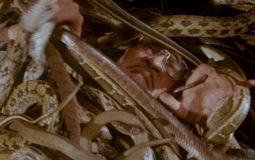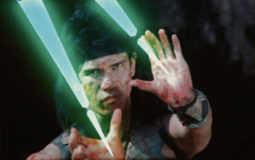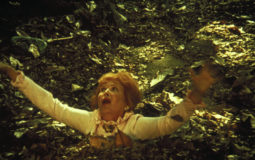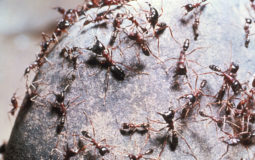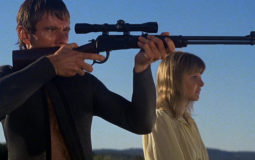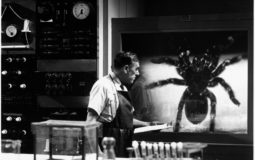The hubris that humans have when dealing with the surrounding nature has always triggered a pendulum movement, which, depending on the gravity of the backward swing, could well mean the extinction of our species. This has always been suspected, if not known, in fantasy. The ideational fallout after the dropping of the atom bombs on Nagasaki and Hiroshima was, at any rate, considerable in genre cinema. While Godzilla was wreaking havoc in Japan, arthropods – ranging from ants in the United States (Them!, 1954) to spiders (Tarantula, 1955) to praying mantises (The Deadly Mantis, 1957) – were entertainingly and spectacularly warning about insufficient risk awareness in the brave new world of science.
From the late 1960s onwards, when the environmental protection movement gained considerable traction in the course of the strengthening of alternative lifestyles, this led to what was probably the most comprehensive and interesting upsurge of ecologically motivated visions of terror to date. In the central work, the documentary The Hellstrom Chronicle (1971), which becomes a perceived horror film through the suggestive commentary of a (freely invented) scientist, clear and well-founded arguments are put forward as to why humans probably wouldn’t stand the slightest chance in the fight for survival against insects. Yet in most of the films from the seventies, the terrestrial fauna revolts for quite clear and understandable reasons. In Frogs (1972), for instance, swamp wildlife takes revenge on the big businessman who has gradually poisoned its habitat; in the Australian gem Long Weekend (1978) a couple treats the highly idyllic nature surrounding them so disrespectfully that it retaliates using insidious means. The master of the animal horror films of this decade was without doubt William Girdler, who died far too early and who, in 1976 in the wake of Jaws, scored a popular success with Grizzly, and only a year later expanded its narrative framework to the epochal Day of the Animals.
The retrospective Animals! Attack! gathers the subgenre’s most enjoyable and gruesome phlegm from the 1950s through to the 1990s, finding its chronological conclusion in Ticks, Tony Randel’s little-known killer-tick shocker. When this appeared in all its analog glory in 1993, it was to be the same year in which a certain dino-thriller, with its outstanding digital effects, would change spectacle cinema, and with it the animal horror movie, forever.


